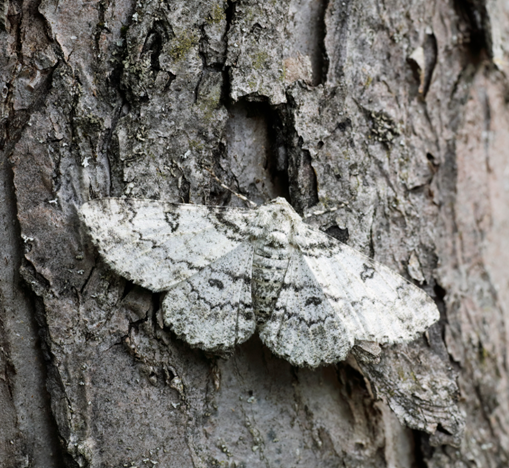Threats to your trees, such as pest infestation and disease, weaken trees. Over time, infestation and disease can cause tree death. Dead trees are at risk of toppling over, and if they are near your house, vehicles, or structures, the damage from falling trees is hefty. Fortunately, most tree diseases and infestations come with signs that you can be on the lookout for. Here are five of the most prominent threats to your trees we see in this area:
Spongy Moth
The spongy moth was introduced to Massachusetts from Europe in the 1800s. Spongy moths lay many eggs that hatch into the caterpillars that feed on trees’ leaves. Spongy moth infestations quickly defoliate trees, preventing them from absorbing the nutrients they need to survive. Signs of a spongy moth infestation include holes in leaves and egg masses on branches and tree trunks. While these moths feed on various types of trees found in Massachusetts, their top choice is the oak tree.
Emerald Ash Borer
The emerald ash borer, EAB for short, is a beetle native to Asia. Female borers lay eggs in the summer in the crevices of the ash tree’s branches and trunk. Once the larvae hatch from eggs, they feed on the nutrient-rich tissue under the tree’s bark. This feeding activity interferes with the tree’s nutrient transportation system, causing disruptions in the tree’s ability to distribute nutrients effectively. A thinning canopy, an increased population of woodpeckers, and D-shaped exit holes in the bark are all signs of the emerald ash borer.
Hemlock Woolly Adelgid
The hemlock woolly adelgid, HWA for short, is an insect that feeds on sap from spruce and hemlock trees. They weaken the trees they infest because their feeding disrupts the water and nutrients they need to thrive. White cotton-like clusters that develop beneath branches near the needle base are a telltale sign that a hemlock woolly adelgid infestation is occurring. An infestation sometimes causes branch dieback and graying needles.
Beech Leaf Disease
This disease has only been discovered recently. There are still aspects of this disease that scientists have yet to uncover, such as how it spreads. However, an invasive nematode is associated with the disease since it is present in infected trees. Distinctive characteristics such as dark green striping between the leaf veins or yellow leaf tissue with a slightly raised texture point to this beech tree disease. More advanced symptoms include branch dieback and premature dropping of leaves.
White Pine Needle Cast
White pine needle cast is a fungal disease affecting most commonly white pine trees. However, it has also been found to affect various other pine species. White pine needle cast thrives in cool, wet conditions. It spreads through spores carried by wind or rain to nearby trees. The sign of this infestation is the gradual yellowing of infected trees’ needles. Eventually, they turn brown and fall off. Over time, premature needle loss can gradually compromise the trees’ ability to photosynthesize.
Early detection, identification, and appropriate control measures are crucial to prevent the spread of infestations and minimizing their impact. Trees that have become severely damaged or weakened should be removed. Contact us today to schedule your free estimate.

